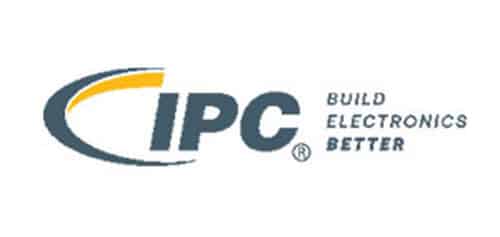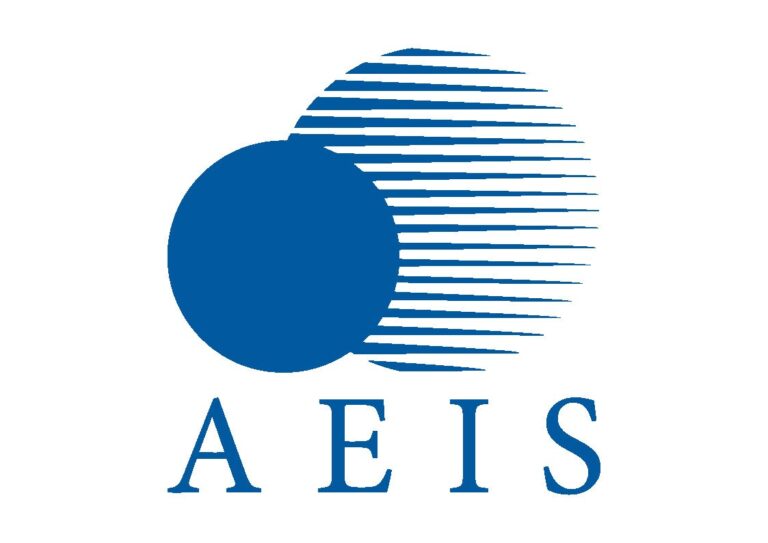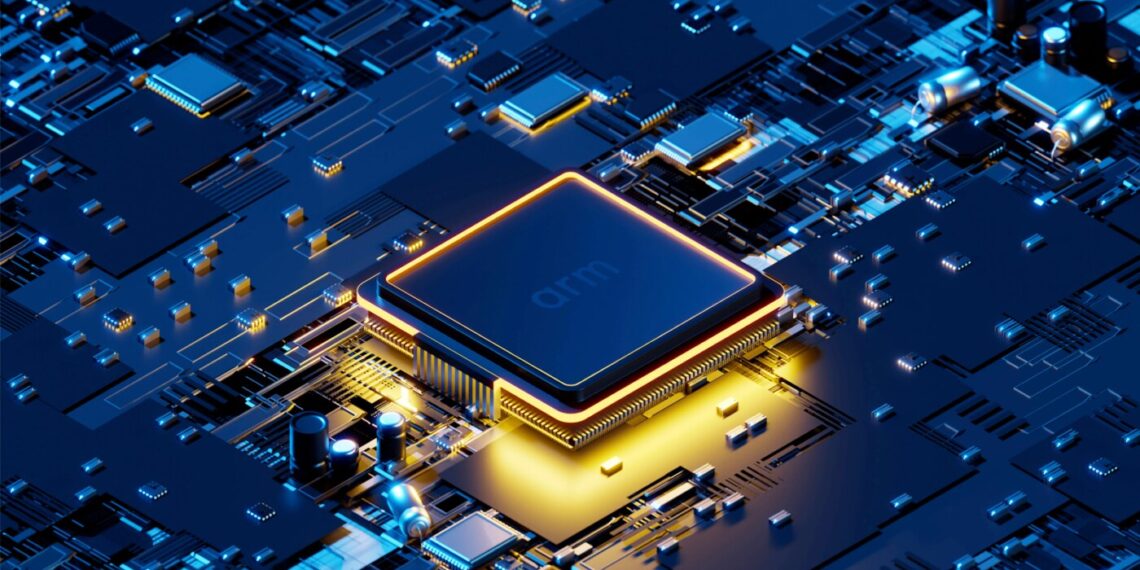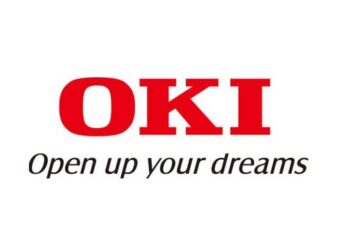As Generative Artificial Intelligence (AI) and Large Language Models (LLMs) dominate headlines, Arm takes a pivotal step in embedding AI into the tiniest endpoint devices, introducing the Cortex-M52 to broaden the Artificial Intelligence of Things (AIoT) ecosystem.
AI’s far-reaching impact across homes, cities, and industries often goes unnoticed, operating within embedded devices that power daily applications. Termed AIoT, this fusion of Artificial Intelligence and the Internet of Things is rooted in Arm technology. AI’s role in bridging the gap between physical and digital realms is pivotal, with on-device intelligence now extending to smaller, cost-effective, and battery-powered devices, ensuring enhanced privacy and reliability without heavy reliance on the cloud.
The introduction of Cortex-M52 aims to empower partners with increased Machine Learning (ML) capabilities and simplified development flows, fostering agility and rapid innovation in response to the burgeoning AI-enabled IoT shipments. The Cortex-M52, designed for AIoT applications, elevates digital signal processing (DSP) and ML performance without the additional cost associated with dedicated DSP and ML accelerators. This advancement unlocks the potential for deploying ML on embedded computing solutions at lower price points than currently feasible.
The Cortex-M52 integrates Arm Helium technology, significantly enhancing DSP and ML performance for small, low-power embedded devices. This technology, previously successful in products at the network edge, now extends its reach to more cost-effective, power-constrained devices, amplifying the capability to deploy compute-intensive ML inference algorithms without dedicated NPUs.
Extending Helium technology to this new Cortex-M class marks a milestone in matrix and DSP compute for smaller embedded devices. The Cortex-M52 streamlines migration paths from Cortex-M33 and Cortex-M4, catering to diverse AIoT applications such as automotive and industrial control, predictive maintenance, and wearable sensor fusion. Its flexibility to scale across various performance points and configurations, offering DSP capabilities without a separate processing unit, effectively saves on silicon area and cost.
Security, a cornerstone in device deployment at scale, remains a priority with Cortex-M52 implementing the latest security extensions for Armv8.1-M, bolstering software threat mitigation through Arm TrustZone technology. Additionally, it accelerates the path to PSA Certified Level 2 silicon, crucial for next-gen certified devices.
The Cortex-M52 simplifies AI development for the smallest endpoint devices, consolidating ML and DSP performance that traditionally required separate CPUs, DSPs, and NPUs onto a unified architecture and toolchain. This unified approach ensures seamless development for traditional, DSP, and ML workloads, offering developers a unified experience and optimal performance from any Cortex-M.
Fully software compatible with Cortex-M55 and Cortex-M85, the Cortex-M52 leverages the extensive software ecosystem around Helium, providing access to free software libraries and partner expertise. Arm Virtual Hardware further facilitates IoT and embedded development, enabling pre-silicon software development.










